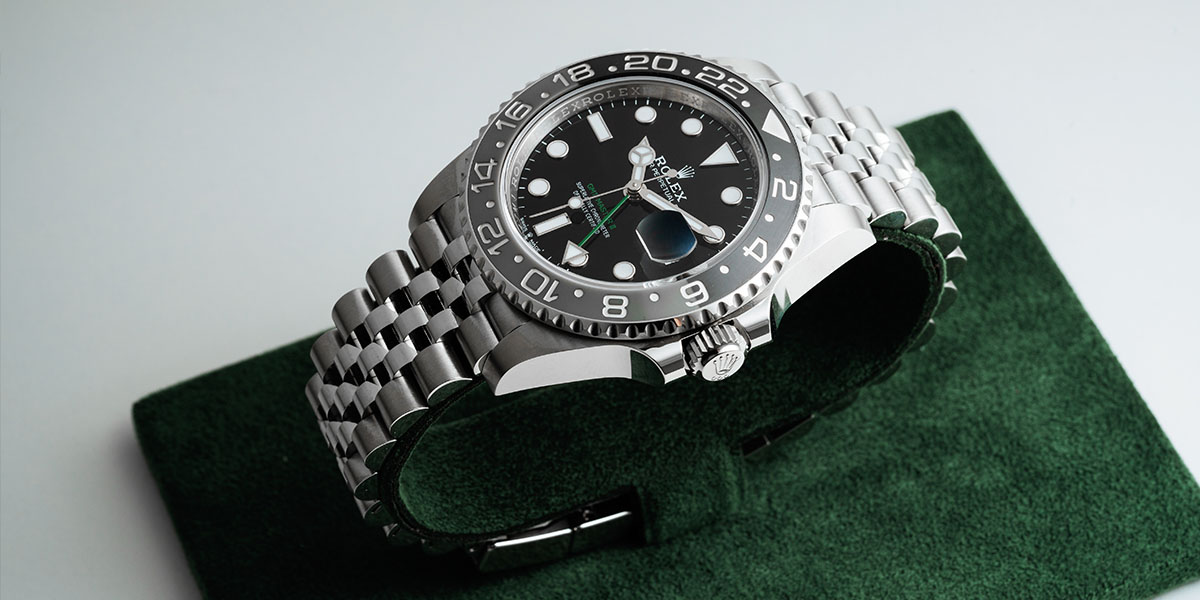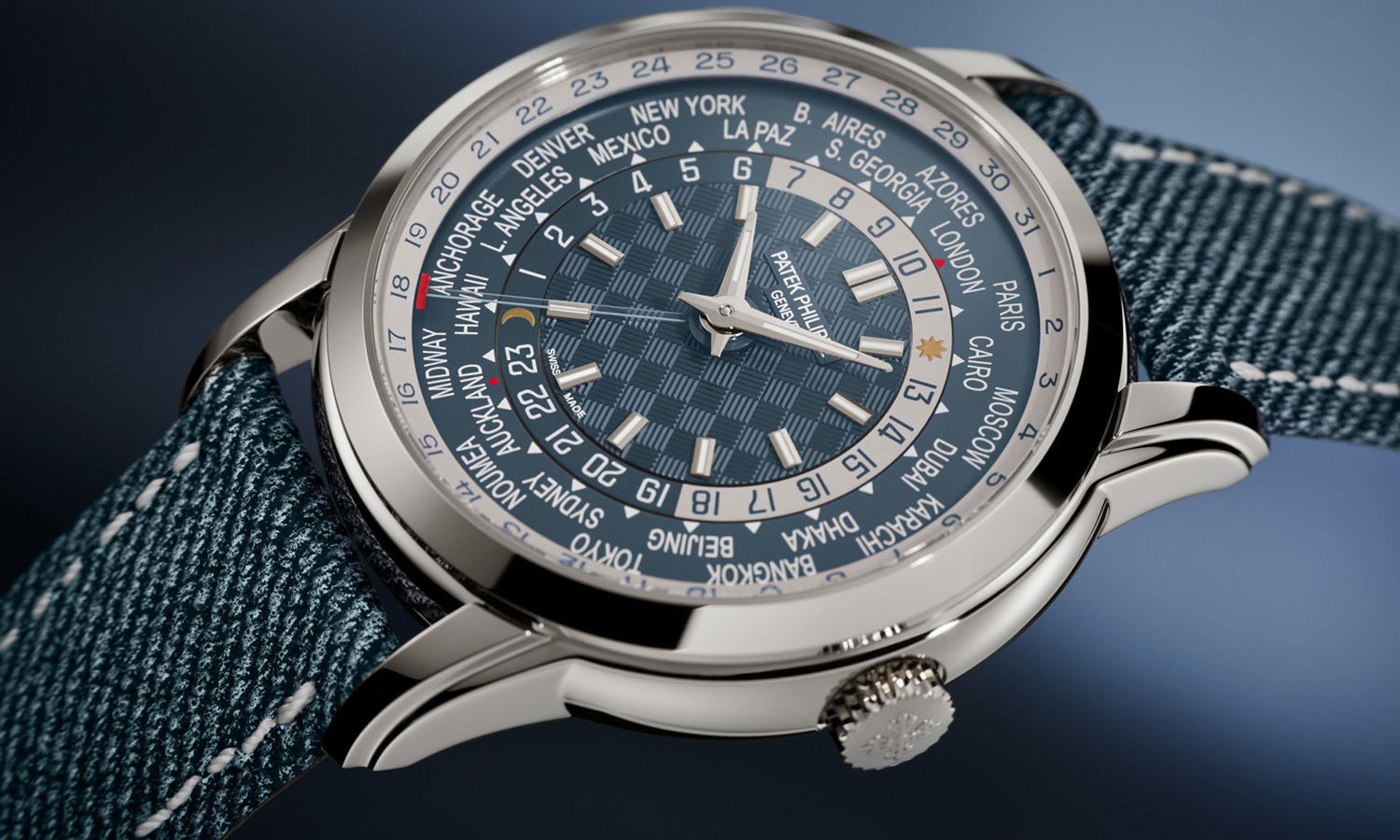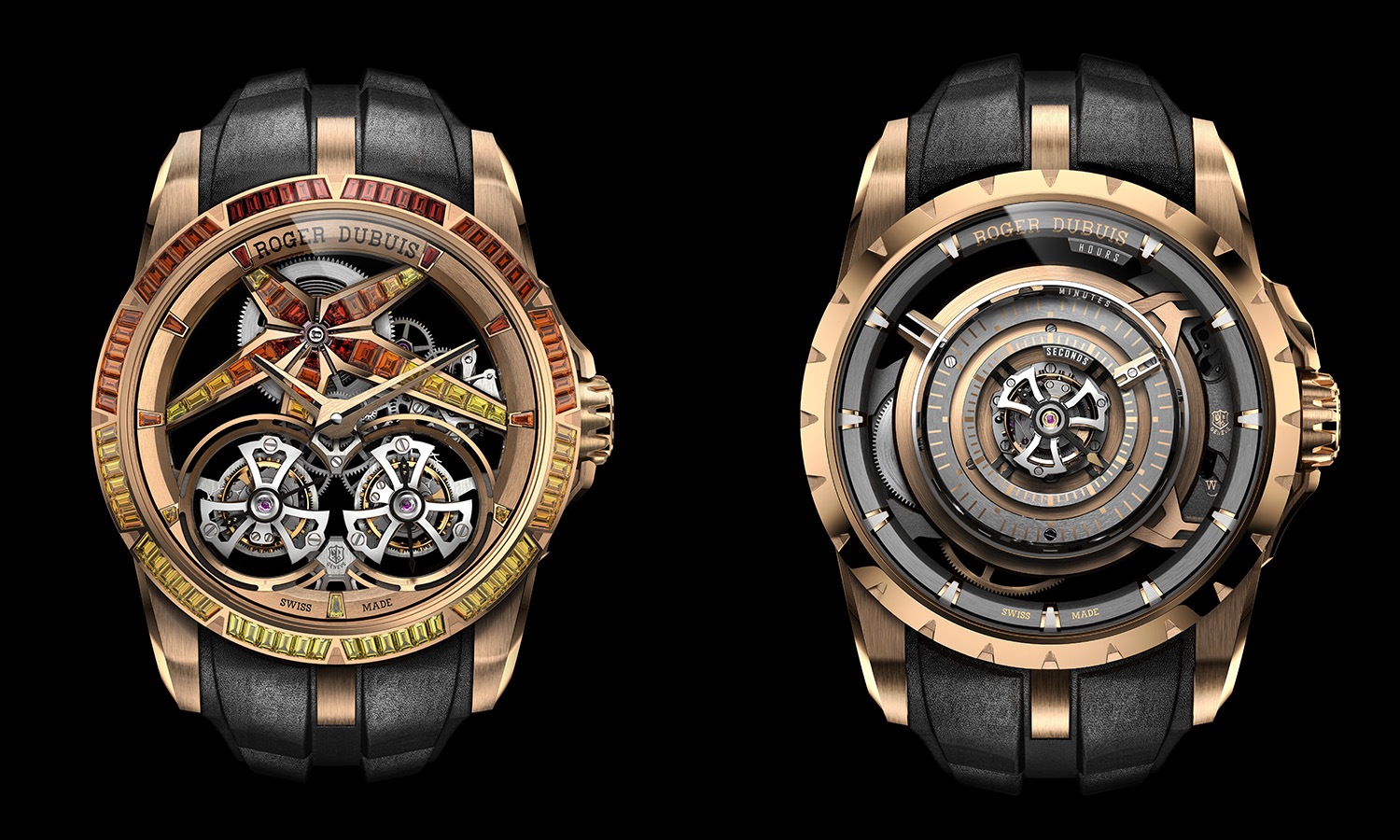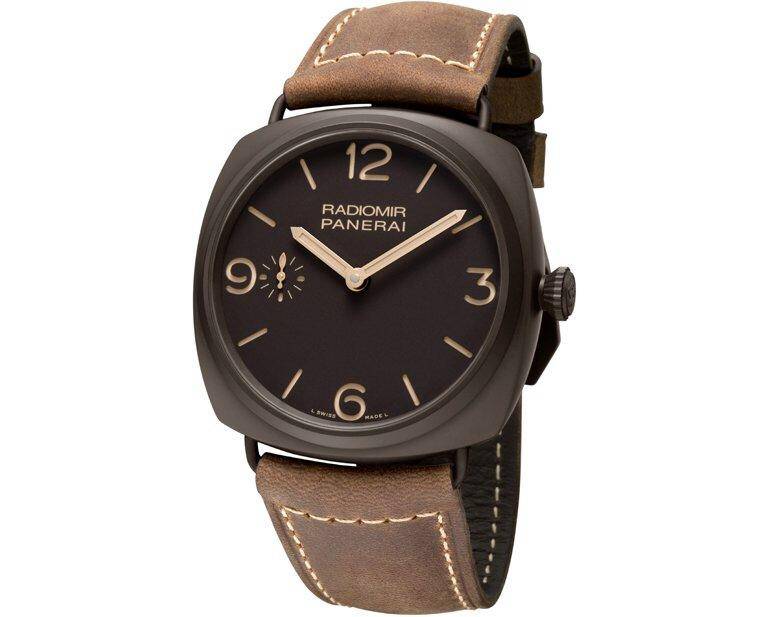
Hard Cases: The Panerai Radiomir Composite 3 Days & Radiomar Black Seal 3 Days Automatic
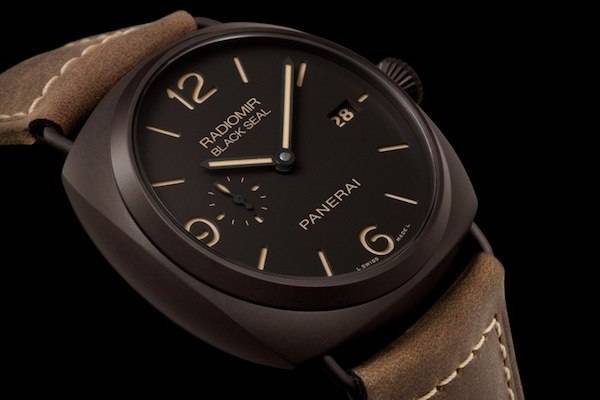
Even today, when its history should be known by anyone with pretensions to serious interest in watchmaking, Panerai is sometimes misperceived as a maker of fashionably large watches –a follower, in short, rather than a leader. Nothing could be further from the truth. Panerai began life as an instrument maker and created some of the world’s first true, purpose-built watches for undersea exploration and navigation, and its earliest series-produced diver’s watch –the Radiomir –is named for the radium paste used to give its dial searchlight-strong visibility in the murky waters in which combat divers of the Italian navy operated in the late 1930s, and during the Second World War.
The original Panerai Radiomir watches were very large not as an appeal to ego, but as a matter of practical necessity; in the 1930s larger meant more accurate, and the Radiomir watches of that first generation used chronometer grade pocket watch movements, both for the sake of better accuracy and superior durability. The large size also meant that generous amounts of luminous material could be used, enhancing readability, and though mechanical dive watches today have been largely superseded by modern digital dive computers (though many divers still use mechanical diver’s watches for backup) the Radiomir watches made by Panerai today remain remarkably faithful to the originals –a fact that’s endeared them especially to the international tribe of enthusiasts known as Paneristi.
Still, time has not stood still for Panerai, which has in the last decade moved towards greater independence as a movement manufacturer, and now boasts an enviable stable of in-house calibers offering the same benefits –updated with state-of-the-art modern micromechanical construction and materials –as the original Rolex and Cortebert pocket watch movements used in the 1930s. Panerai now also has a full range of complications, ranging from simple chronographs all the way up to its own unique tourbillon, the calibre P2005.
It’s also taken advantage of modern materials technology to offer cases in an unusual type of ceramicized aluminum, which it refers to as Panerai “composite.” This material offers all the advantages of modern, high-tech industrial ceramics, but with an unusual , and unmistakable, rich dark-brown matte surface.
The two newest members of the family merge this novel material with Panerai’s most venerable case –the Radiomir. Offered in two versions, the Radiomir Composite watches come in a hand-wound version in 47mm with a 3 day movement, and an automatic version –dubbed the “Black Seal” after the nickname given by Italian combat swimmers to the midget submarines they used for ingress and egress to and from their targets. Each version uses one of Panerai’s in-house movements –the hand wound calibre P3000, in a pocket-watch size of 16 lignes (just shy of 37mm in diameter) and, in the Black Seal, the self-winding calibre P9000.
Though it’s not a two time-zone watch, the calibre P3000 does have the very travel-friendly feature of allowing the wearer to set the hour hand ahead or behind in one hour increments without stopping the watch –enabling easy re-setting of the time when traveling.
The Panerai PAM 504 Radiomir Composite 3 Days 47mm is priced at $10,600. The Panerai PAM 505 Radiomir Composite Black Seal 3 Days Automatic 45mm is offered at $10,100. Both are presented with matching Panerai Composite buckles and are available exclusively through Panerai boutiques.
 SIGN UP
SIGN UP




